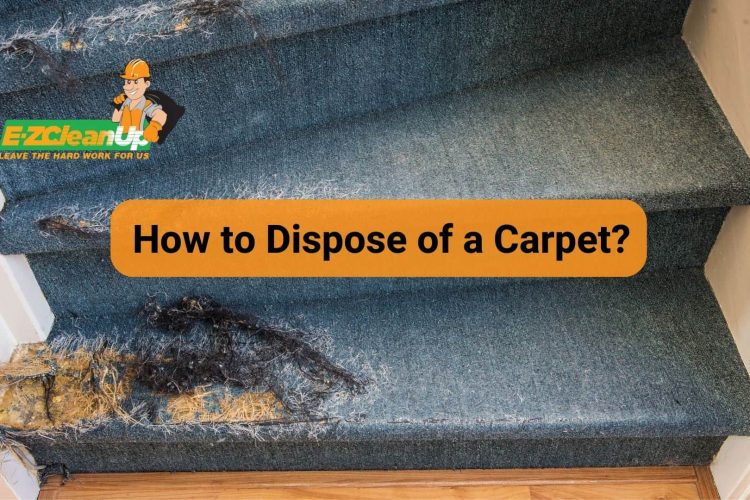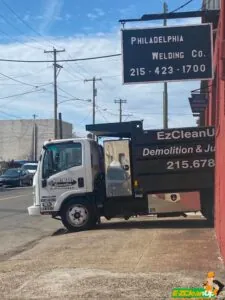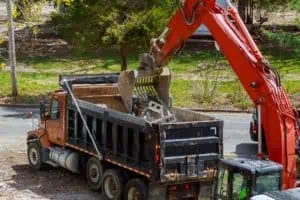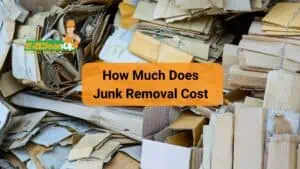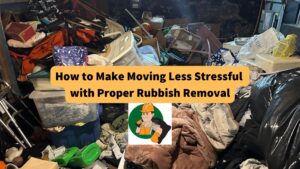Getting rid of an old carpet is not as simple as tossing it in the bin. Most local waste collection services categorize carpets as oversized waste, so you can’t throw them along with your regular garbage. However, you have other disposal alternatives, which include recycling, donating, and DIY removal.
If you want to find out more about these and more options on how to dispose of carpet, read on.
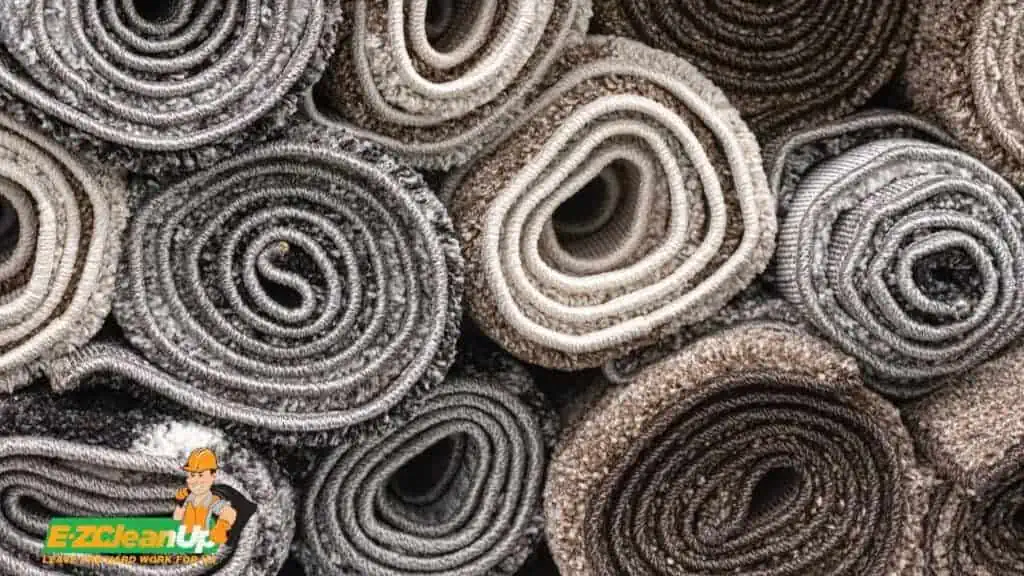
Top Options in Disposing of Old Carpet
Consider the following disposal options, regardless of the reasons why you’re getting rid of your carpet:
Donate or Sell
Well-maintained, clean, or unused carpets can be donated. Charities like Habitat for Humanity or local non-profits may accept these donations to help those in need. Before dropping it off, make sure the carpet is in good condition and clean.
Likewise, if the carpet is in good condition and you want to earn from it, you can post the item on online platforms like eBay, Craigslist, or Facebook Marketplace. Local thrift stores or second-hand shops might also be interested, especially if the carpet is clean and in a large, intact piece.
Recycle
Begin by consulting with the Carpet America Recovery Effort (CARE) or nearby carpet retailers to learn about recycling your old carpet. Their websites can direct you to local facilities that accept carpets for recycling. Find out their specifications regarding the carpet material and quantity they accept. While carpet recycling may require some fees, remember that carpets are non-biodegradable, so they can significantly contribute to landfill waste. This is why it’s crucial to learn about the importance of proper disposal when dealing with carpets and rugs.
Repurpose
Think creatively and repurpose any remaining pieces of your old carpet. They can be used for different home projects like creating scratch pads for pets, protecting floors from furniture, or even as car mats.
Carpet Disposals Depending on Size
For bigger carpet disposal, like an entire house, check with your local municipality on bulk trash collection schedules or set up a special pickup. Ensure carpets are rolled and bound properly for easier handling by waste collection services.
If you’re disposing of small carpet sections, such as from a room or a small area, roll them up tightly, secure them with tape, and place them in sturdy trash bags. These can typically be discarded with your regular garbage, but always be cautious of any sharp objects like nails or staples when handling old carpets.
Check Local Disposal Regulations
Always check your local waste disposal guidelines specific to carpet disposal. Different municipalities have different rules regarding the disposal and recycling of carpets, so understanding these can help you choose the most suitable disposal method.
Transport Carpet to Waste Facilities
When other options are unavailable, taking the carpet to a waste facility or local dump is an alternative. Verify in advance if the facility accepts carpets and inquire about disposal costs. It’s more efficient to transport the carpet in a vehicle that can accommodate the entire load in one go.
Opt for Removal Services with New Carpet Installation
When getting a new carpet installed, ask the installer if they offer old carpet removal and disposal services. Some companies might include this as part of the installation package, or it could be available for an extra fee.
Use a Junk Removal Service
For those who prefer a hassle-free method, hiring a junk removal service like EZ CleanUp can be an effective solution. We can pick up and dispose of your old carpet and ensure they are disposed of in environmentally friendly ways.
In case of large-scale renovations or if you’re discarding a substantial amount of carpet alongside other junk, we at EZ CleanUp also offer dumpster rental services. You can rent a dumpster, fill it with junk, and we will collect it once done and dispose of your junk.
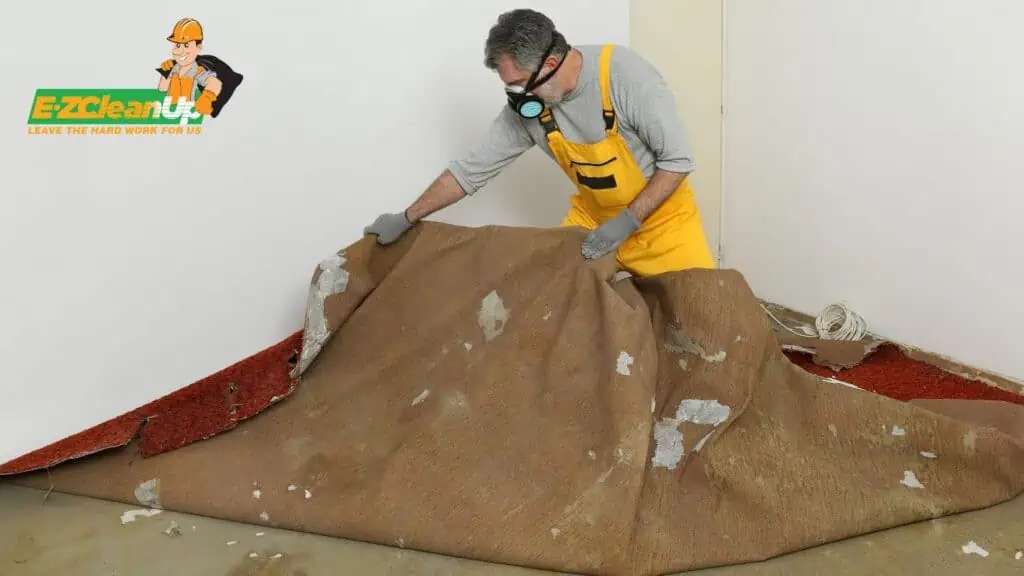
Carpet Removal Guide
While choosing which is the best option on how to dispose of a carpet, you might want to learn how to remove it.
Here’s a guide on how to get this done:
Step 1: Preparation
Clear your workspace by removing all furniture and movable items out of the room. Check if your carpet is tucked under any baseboard trim or shoe molding, and gently pry these off using a crowbar. Additionally, remove any doors, especially swinging or bi-fold types, for easier access and movement.
Step 2: Gear Up
Dress for the job. Before beginning, put on a dust mask, gloves, and knee pads. Carpets, particularly older ones, can be full of dust and other irritants. Gloves will protect your hands from staples and sharp nails, while knee pads will provide cushioning and protection during the labor-intensive process.
Step 3: Start Removing the Carpet
To begin removing a carpet, detach it from tack strips. Use pliers to grip and pull back the carpet from the walls, beginning in a corner. If the carpet lifts with ease, continue to pull it away by hand. In case of resistance, cut a small section with a utility knife for an initial grip, then proceed to hand-pull the carpet off the strips along each wall.
Step 4: Cut and Clear
Cut the carpet for easier removal. Fold over a section of carpet, approximately 3-4 feet wide, and slice through from the backside using a utility knife. This method is typically easier than front-cutting. Tie up each cut segment securely before moving on to the next. This will ensure that each piece is manageable and ready for disposal.
Step 5: Remove the Padding
Take out the carpet padding. Similar to the carpet, begin at a corner and remove the padding from the tack strips. Cut and roll it for disposal. If the padding is glued down or pieces remain stuck, use a sharp floor scraper to remove them. Be mindful of the subfloor type underneath. Use appropriate tools to avoid damage when extracting staples or glue.
Step 6: Handle the Tack Strips
If the tack strips are damaged or if you’re not planning to reinstall the carpet, remove them using a pry bar. This is also essential when switching to a different flooring type, like tile, hardwood, or laminate. If, however, you’re considering a new carpet and the existing tack strips are intact, you can leave them as is.
Step 7: Remove Stair Carpeting
Start from the top, using pliers to grip and tear the carpet from the stairs. Ensure that you remove the carpet as a single piece, if possible, followed by the padding, tack strips, and any staples. This method helps maintain a clean and even working area on stairs.
Step 8: Clean the Subfloor
After all the carpet and padding are removed, vacuum the subfloor thoroughly, then follow with mopping. This cleaning step is crucial to prepare for new flooring installation. It will ensure the area is free of debris and dust.
Signs that It’s Time for New Carpets
Assessing when to replace carpets and rugs is crucial for maintaining a fresh and healthy home environment.
Here are the key indicators you must learn fast about how to dispose of a carpet:
Persistent Odors
Persistent smells can be a stubborn issue in older rugs. They often resist even professional cleaning efforts. Especially with vintage textiles, if a musty or unpleasant odor lingers, it may be a clear sign to consider replacement.
Discoloration and Persistent Stains
Noticeable fading or stubborn stains are telltale signs that a rug has seen better days. Repeated cleaning might not always eliminate stains. This only means it might be time for a refresh.
Your Carpet Is Over 15 Years Old
Carpets usually show significant wear after 15 years. Despite regular cleaning, embedded dirt and grime will stand out, which means it’s better if you consider a replacement.
Visible Deterioration and Wear
When the aesthetics of your rug are compromised by wear, or it poses a tripping threat, it’s crucial to replace it. Rugs should add comfort and function, not risk.
Loss of Cushioning
A lack of underlying padding can lead to a less comfortable and worn-out carpet. Carpet padding should be dense, ideally over eight pounds, to prolong plushness and durability.
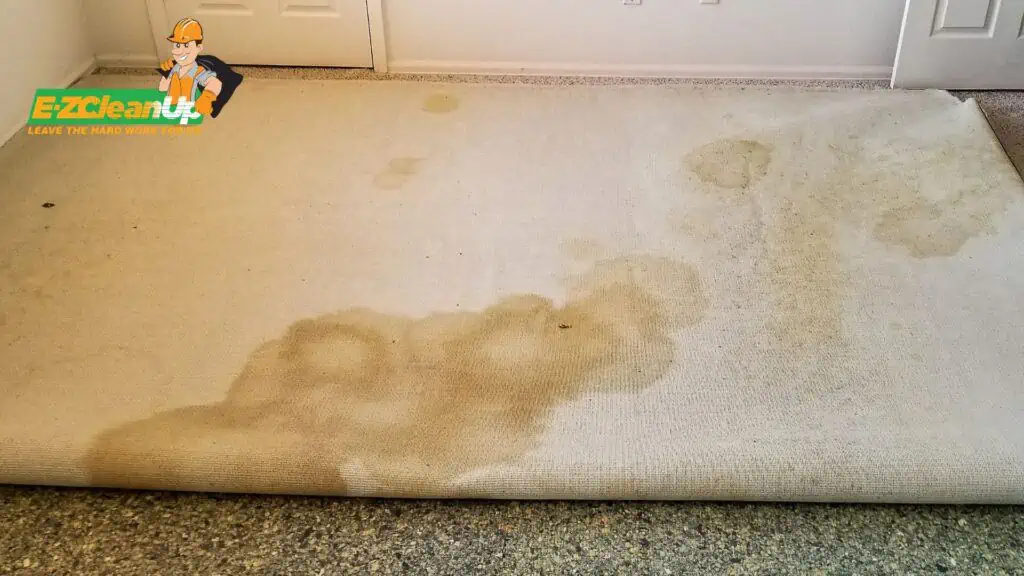
FAQs – How to Dispose of Carpet
Can I Remove the Carpet Myself, or Should I Hire a Professional?
This depends on your comfort level, tools, and the size of the job. DIY can save money but might be more time-consuming and physically demanding.
What Tools Are Needed for Carpet Removal?
Typically, you’ll need pliers, a utility knife, a pry bar, a hammer, and maybe a carpet cutter. Wear gloves and safety glasses for protection.
Are There Any Environmental Considerations When Disposing of Carpet?
Yes, many carpets are not biodegradable and can release harmful chemicals in landfills. Recycling or finding a second life for the carpet is preferred.
What Do I Do With the Carpet Padding?
Carpet padding needs to be removed and disposed of alongside the carpet. Often, it can be recycled, but check local regulations and recycling options.
How Long Does It Take to Remove a Carpet?
A small room may only take an hour, while a larger or more complex job could take several hours or more.
EZ Carpet Removal and Disposal
Carpet removal and disposal can be a demanding DIY task. It requires time, effort, and an understanding of how to handle different materials responsibly. From the initial steps of preparing your workspace to the final task of recycling or repurposing your old carpet, each stage is crucial in minimizing environmental impact.
However, if you’re looking for an easier and hassle-free way of disposing of your carpet, especially if you’re based in Philadelphia, consider hiring the services of EZ CleanUp.
We at EZ CleanUp are dedicated to providing fast, efficient, and eco-friendly disposal solutions for all types of junk, including used and old carpets. When you call on us, you’re not just getting rid of an old carpet; you’re ensuring that it’s disposed of in an environmentally responsible manner.
Don’t let that old carpet be a burden any longer; call EZ CleanUp now for a cleaner, greener home.

